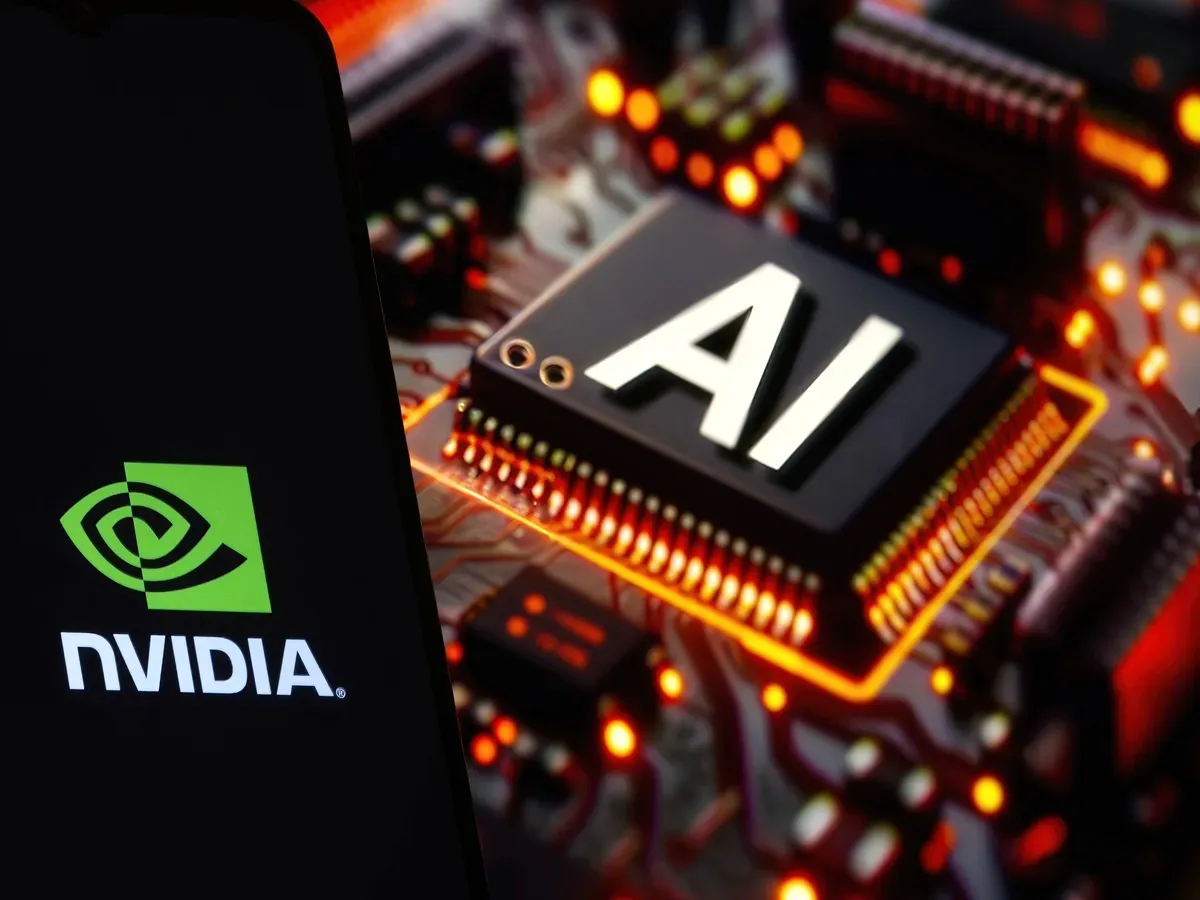Market News
NVIDIA Q2 Result: Chipmaker sets fresh sales record, surpasses Wall Street expectations; key numbers to know
.png)
4 min read | Updated on August 28, 2025, 07:48 IST
SUMMARY
NVIDIA Q2 Results: The company added that there were no H20 sales to China-based customers in the second quarter. NVIDIA benefited from a $180 million release of previously reserved H20 inventory, from approximately $650 million in unrestricted H20 sales to a customer outside of China.

For the quarter, GAAP and non-GAAP gross margins were 72.4% and 72.7%, respectively. | Image: Shutterstock
Its net income during the quarter stood at $26.42 billion, up 41% QoQ and 59% YoY.
The company also set a $60 billion stock buyback, per a report by the Wall Street Journal.
The company added that there were no H20 sales to China-based customers in the second quarter. NVIDIA benefited from a $180 million release of previously reserved H20 inventory, from approximately $650 million in unrestricted H20 sales to a customer outside of China.
For the quarter, GAAP and non-GAAP gross margins were 72.4% and 72.7%, respectively. Excluding the $180 million release, the non-GAAP gross margin for the quarter would have been 72.3%.
For the quarter, GAAP and non-GAAP earnings per diluted share were $1.08 and $1.05, respectively. Excluding the $180 million release and related tax impact, non-GAAP diluted earnings per share for the quarter would have been $1.04.
During the first half of fiscal 2026, NVIDIA returned $24.3 billion to shareholders in the form of shares repurchased and cash dividends. As of the end of the second quarter, the company had $14.7 billion remaining under its share repurchase authorisation. On August 26, 2025, the Board of Directors approved an additional $60.0 billion to the Company’s share repurchase authorisation, without expiration.
NVIDIA will pay its next quarterly cash dividend of $0.01 per share on October 2, 2025, to all shareholders of record on September 11, 2025.
The company said, “Blackwell is the AI platform the world has been waiting for, delivering an exceptional generational leap — production of Blackwell Ultra is ramping at full speed, and demand is extraordinary,” said Jensen Huang, founder and CEO of NVIDIA. “NVIDIA NVLink rack-scale computing is revolutionary, arriving just in time as reasoning AI models drive orders-of-magnitude increases in training and inference performance. The AI race is on, and Blackwell is the platform at its centre.”
Outlook
-
Revenue is expected to be $54.0 billion, plus or minus 2%. The company has not assumed any H20 shipments to China in the outlook.
-
GAAP and non-GAAP gross margins are expected to be 73.3% and 73.5%, respectively, plus or minus 50 basis points. The company continues to expect to exit the year with non-GAAP gross margins in the mid-70% range.
-
GAAP and non-GAAP operating expenses are expected to be approximately $5.9 billion and $4.2 billion, respectively. Full year fiscal 2026 operating expense growth is expected to be in the high-30% range.
-
GAAP and non-GAAP other income and expense are expected to be an income of approximately $500 million, excluding gains and losses from non-marketable and publicly-held equity securities.
-
GAAP and non-GAAP tax rates are expected to be 16.5%, plus or minus 1%, excluding any discrete items.
Monteiro, the Investing.com analyst, said, “The reality is that without the much-needed push from H20 sales in China, Nvidia simply cannot sustain the type of growth priced into its valuation.”
The company is projecting $54bn in revenue in the third quarter – which is within the range of Wall Street expectations – and said the board approved $60bn in additional stock buybacks – on top of nearly $24.3bn the company returned to shareholders in the first half of the year in both stock buybacks and cash dividends.
About NVIDIA
Founded in 1993 in Santa Clara, California, Nvidia was established by Jensen Huang, Chris Malachowsky, and Curtis Priem. Its original focus was on multimedia and 3D graphics development. The company specialises in designing Graphics Processing Units (GPUs) and is a major innovator in accelerated computing and artificial intelligence (AI).
NVIDIA's products and platforms are used in diverse fields, including gaming, professional visualisation, data centres, automotive technology, and high-performance computing, powering transformative applications from PC gaming and modern AI to industrial digital twins and self-driving vehicles.
About The Author
Next Story

